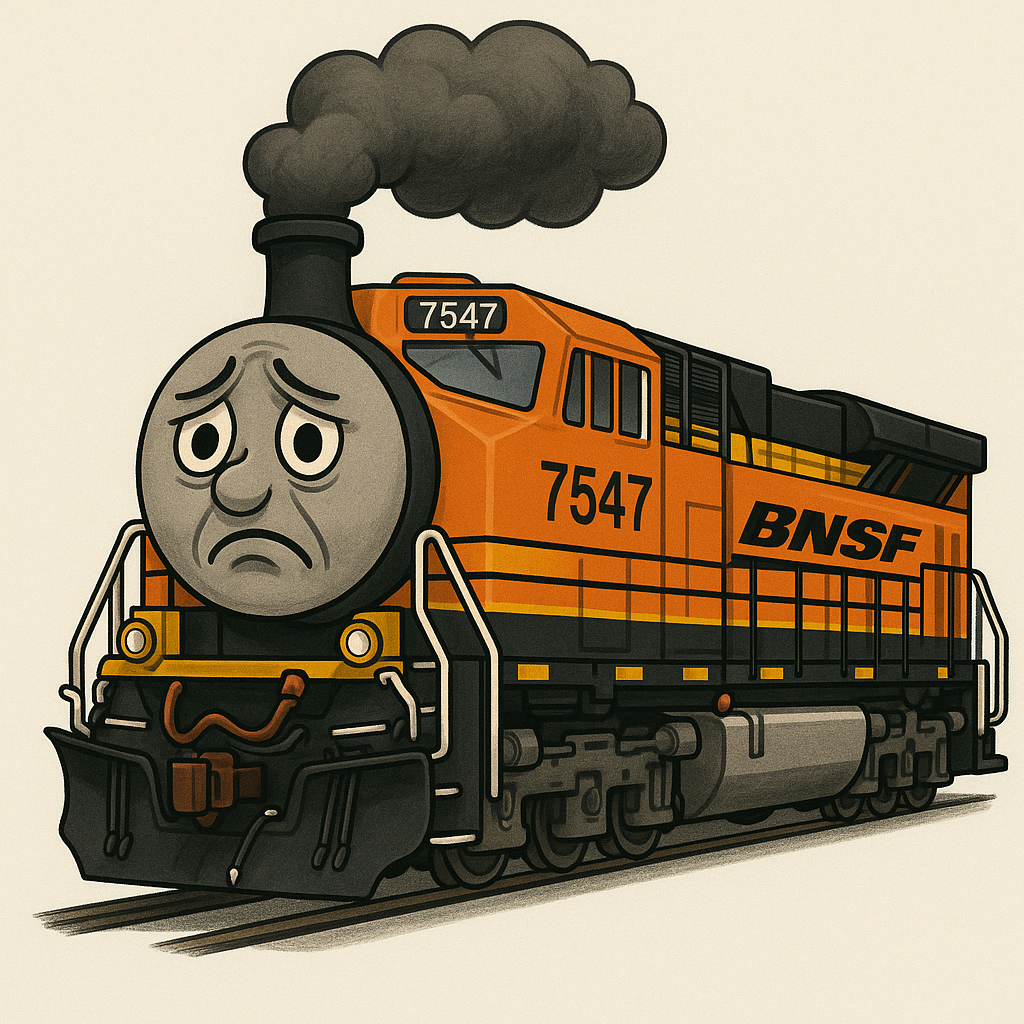Data, Methods, and Transparency
Our commitment to providing credible, verifiable data on the impact of coal trains in Montana.
Coal Dust Emission
Calculating the amount of coal dust released from trains.
Our primary estimate for coal dust loss is derived from sworn testimony by BNSF Railway to the Surface Transportation Board.
- Base Rate: BNSF stated that an uncovered coal car can lose between 500 and 2,000 pounds of coal dust on a 400-mile trip. We use a conservative value from this range.
- Calculation: (Train Count) x (Cars per Train) x (Dust Loss per Car-Mile) x (Miles Traveled).
- Source: BNSF STB Testimony
- Limitations: This is an estimate. Actual loss varies with speed, weather, and coal type. We apply a reduction factor for surfactant application, as noted by BNSF.
Air Quality (PM2.5 & PM10)
Measuring particulate matter in the air.
We synthesize data from multiple sources to provide a comprehensive view of air quality, clearly distinguishing between baseline, wildfire, and industrial (coal dust) sources.
- Live Data (Future Goal): We aim to integrate live feeds from PurpleAir , AirNow , and the Montana DEQ . Currently, we use a model based on these sources' typical readings.
- Attribution Model: We use a research-based model (Jaffe et al., 2019) to estimate the contribution of coal trains to local PM2.5 levels, typically 1-3 μg/m³.
- Data Displayed: We show total PM2.5 and our best estimate of its sources. All live data points will be timestamped.
Train Tracking & Counts
Estimating the number of active coal trains.
Direct real-time tracking of all trains is not publicly available. Our numbers are based on a combination of official reports, historical data, and event-based detection.
- Baseline: BNSF reports and public statements indicate an average of 15-25 coal trains per day on these routes. Our simulation operates within this range.
- Detection Events: Our model incorporates simulated events from axle detectors and acoustic sensors to provide a more dynamic count.
- Future Integration: We are exploring data from public sources like OpenRailwayMap and hobbyist networks (ATCS Monitor) to improve accuracy.
Population & Health Impact
Estimating the number of people affected.
Population data is based on the latest U.S. Census Bureau data for Montana counties.
- Affected Population: We calculate the population living within a specific radius (e.g., 15km) of the BNSF rail lines in the affected counties.
- Health Risk: Health risk categories (Good, Moderate, etc.) are based on the official EPA Air Quality Index (AQI) breakpoints.
- Source: U.S. Census Bureau , EPA AQI Standards .
